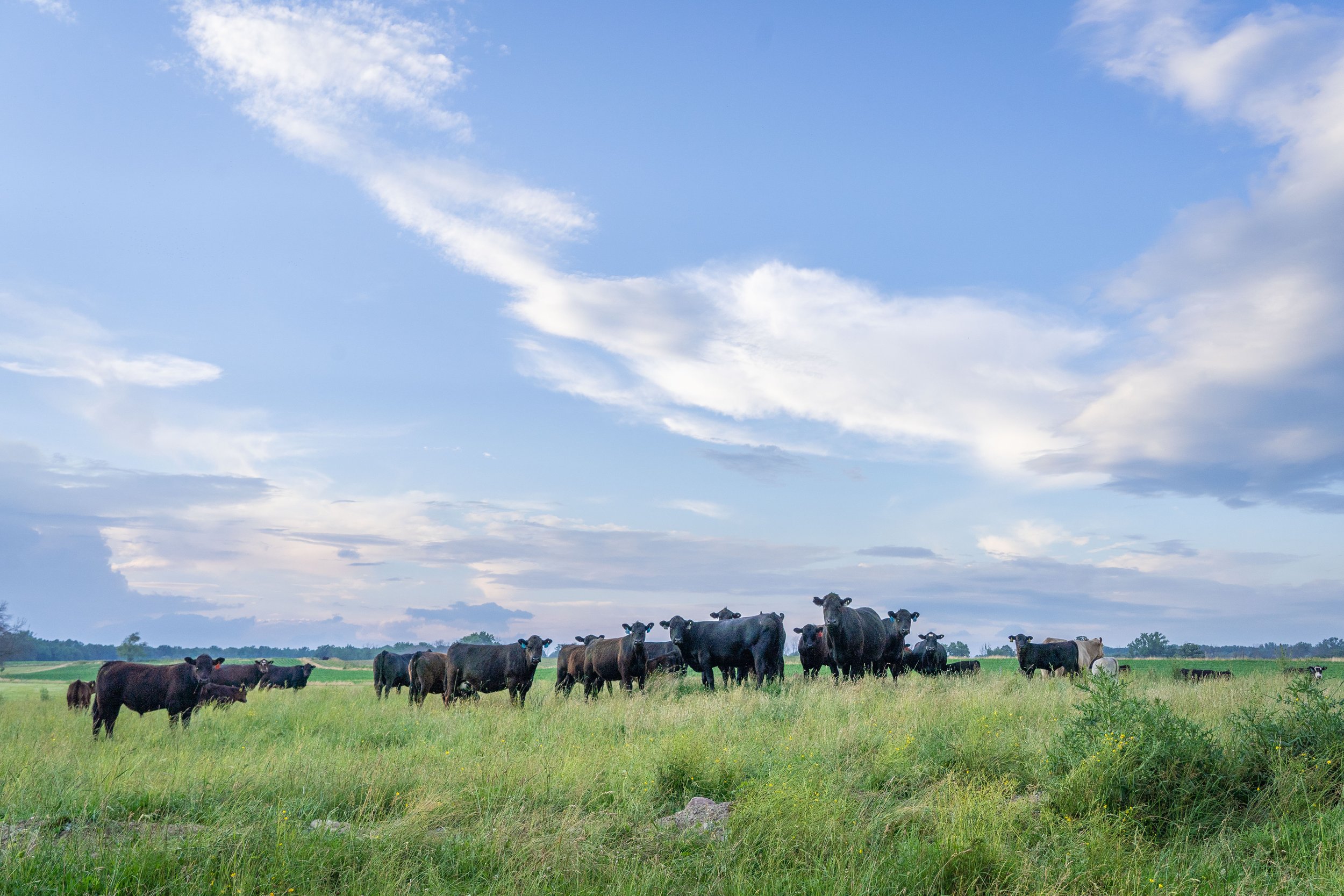Navigating Company Risks with Bagley Risk Management
Navigating Company Risks with Bagley Risk Management
Blog Article
Comprehending Livestock Risk Security (LRP) Insurance Coverage: A Comprehensive Overview
Browsing the world of animals threat defense (LRP) insurance can be a complicated venture for several in the farming field. From just how LRP insurance functions to the various protection options readily available, there is much to discover in this thorough overview that might possibly shape the method livestock producers come close to threat management in their companies.

How LRP Insurance Functions
Sometimes, understanding the technicians of Animals Danger Defense (LRP) insurance coverage can be intricate, but breaking down just how it works can provide clearness for farmers and ranchers. LRP insurance is a threat management device designed to secure livestock manufacturers versus unforeseen rate declines. The plan allows producers to establish a coverage degree based on their specific requirements, choosing the variety of head, weight variety, and insurance coverage price. When the plan remains in area, if market costs drop below the protection price, manufacturers can submit an insurance claim for the difference. It is very important to note that LRP insurance is not an earnings assurance; instead, it concentrates solely on price danger defense. The protection period usually varies from 13 to 52 weeks, supplying versatility for producers to select a period that aligns with their production cycle. By using LRP insurance policy, ranchers and farmers can reduce the financial dangers connected with rising and fall market value, making sure higher security in their procedures.
Qualification and Insurance Coverage Options

When it comes to coverage alternatives, LRP insurance policy provides manufacturers the flexibility to choose the protection level, insurance coverage duration, and recommendations that finest suit their risk management demands. By understanding the eligibility requirements and insurance coverage options offered, animals producers can make informed choices to handle risk efficiently.
Benefits And Drawbacks of LRP Insurance Policy
When evaluating Livestock Risk Defense (LRP) insurance policy, it is crucial for animals manufacturers to evaluate the advantages and negative aspects inherent in this threat management device.

Among the key advantages of LRP insurance is its capability to supply security against a decline in livestock prices. This can help safeguard manufacturers from financial losses arising from market fluctuations. Furthermore, LRP insurance supplies a level of flexibility, allowing producers to personalize protection levels and plan durations to fit their particular requirements. By securing in an ensured cost for their animals, manufacturers can better take care of danger and strategy for the future.
One limitation of LRP insurance policy is that it does not shield against all kinds of dangers, such as condition episodes or all-natural catastrophes. It is essential for producers to thoroughly assess their specific danger direct a knockout post exposure and financial situation to figure out if LRP insurance is the ideal danger administration tool for their operation.
Recognizing LRP Insurance Coverage Premiums

Tips for Taking Full Advantage Of LRP Conveniences
Taking full advantage of the advantages of Animals Danger Protection (LRP) insurance calls for calculated planning and proactive risk monitoring - Bagley Risk Management. To take advantage of your LRP protection, consider the complying with pointers:
Consistently Examine Market Problems: Stay notified about market fads and rate changes in the livestock market. By monitoring these variables, you can make educated choices about when to purchase LRP protection to secure against potential losses.
Set Realistic Protection Degrees: When choosing protection degrees, consider your production costs, market worth of animals, and possible dangers - Bagley Risk Management. Setting sensible protection levels ensures that you are properly safeguarded without paying too much for unneeded insurance
Diversify Your Coverage: Rather than depending solely on LRP insurance, take into consideration diversifying your threat monitoring you can try these out approaches. Combining LRP with other threat monitoring tools such as futures agreements or choices can give extensive protection against market unpredictabilities.
Review and Readjust Protection On a regular basis: As market conditions change, regularly review your LRP coverage to guarantee it lines up with your present danger direct exposure. Adjusting insurance coverage levels and timing of purchases can aid maximize your danger defense approach. By complying with these ideas, you can maximize the benefits of LRP insurance coverage and guard your animals procedure against unforeseen threats.
Conclusion
Finally, livestock danger security (LRP) insurance coverage is a useful tool for farmers to take care of the financial threats related to their animals operations. By recognizing just how LRP works, eligibility and insurance coverage alternatives, as well as the benefits and drawbacks of this insurance policy, farmers can make informed decisions to shield their resources. By thoroughly thinking about LRP premiums and applying methods to make best use of benefits, farmers can mitigate possible losses and make certain the sustainability of their operations.
Animals manufacturers interested in getting Animals Threat Security (LRP) insurance policy can explore an array of eligibility criteria and protection choices tailored to their particular livestock operations.When it comes to protection alternatives, LRP insurance coverage provides producers the flexibility to select the insurance coverage degree, protection period, and endorsements that finest match their threat administration needs.To grasp the ins and outs of Livestock Risk Protection (LRP) insurance policy completely, comprehending the factors affecting LRP insurance policy premiums is vital. LRP insurance coverage premiums are established by numerous components, consisting of the insurance coverage degree picked, the expected rate of livestock at the end of the coverage period, the type of livestock being guaranteed, and the length of the insurance coverage duration.Review and Readjust Protection On a regular basis: As market problems transform, periodically assess your LRP protection to guarantee it aligns with your existing risk direct exposure.
Report this page